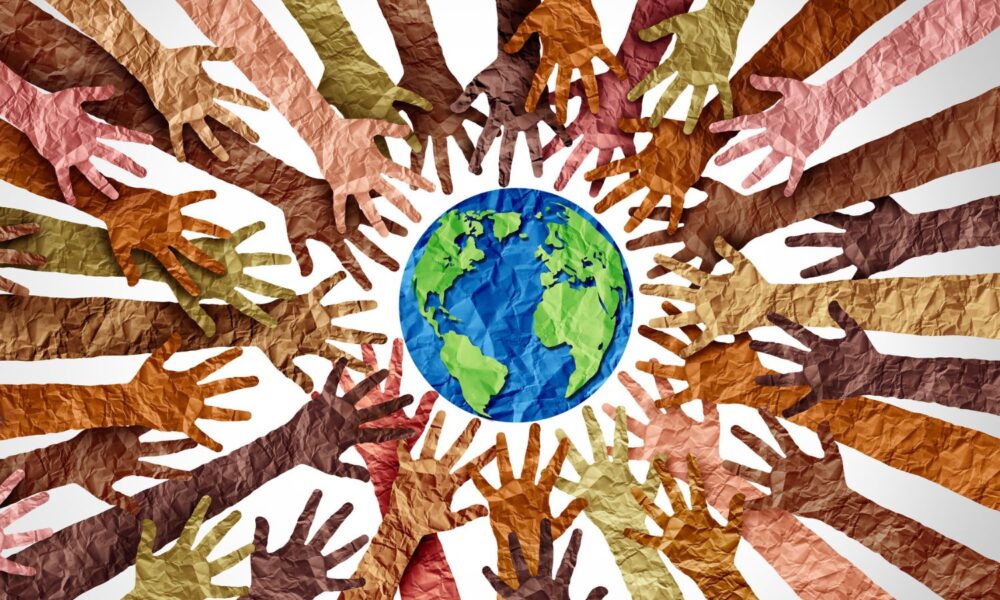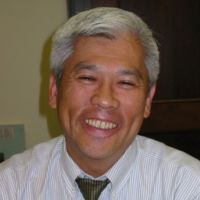Forty years ago, when I began what would become a landmark study on race and toxic waste in the United States, there was no name for the stark pattern we saw: race was more powerful than any other factor in predicting where hazardous waste facilities were located. Nor was there a name for the shared struggle that people of color—along with low-income White communities—were engaged in for access to clean air, clean water, and a livable future.
Fast forward to 2025. The Trump Administration was able to prioritize cuts in environmental program personnel and grants by zeroing in on the words that we once lacked: environmental justice (EJ).
Since the early 1980s, an ever-growing number of people have embraced EJ as an important part of their work, or they have used this vital lens to look at and develop solutions for many of the nation’s problems. With the Trump Administration’s recent extreme and reckless attacks on this work, individuals and organizations seeking to advance EJ are understandably distressed and pondering how they can continue to make progress on issues that are rooted in deep evidence and are dear to their hearts.
A lesson about “small groups making big impacts” from my work during the earliest days of the EJ movement may be instructive in these times.
The spark that ignited a movement
Perhaps the most influential report in EJ history was produced by a small advocacy organization, not a well-resourced university or government agency. The Commission for Racial Justice was established by the United Church of Christ to exercise self-determinative leadership for its Black constituency. Our 1987 study, Toxic Wastes and Race in the United States, the first national study on the demographic characteristics associated with the location of hazardous waste sites, catapulted the issue of disproportionate environmental burden to national attention by bringing empirical evidence to bear. It helped to create a whole new field of community advocacy, academic research, and public policy. Dr. Dorceta Taylor, Yale University’s Wangari Mathai Professor of Environmental Justice called this study “the spark that ignited a movement” during the 2025 New Horizons in Conservation Conference.
Professor Robert Bullard, the preeminent EJ activist scholar at Texas Southern University, emphasized that the study was done by a small “Black civil rights organization.” Speaking on the Eyes on the Prize III, sequel to the award-winning PBS documentary series on the civil rights movement, he also recounted how during the early days of the EJ movement, “we had to fight [and] scrape [to] convince the entire policy world that our issues matter.”
Today, Dr. Bullard directs the Robert Bullard Center for Environmental and Climate Justice, which started as a small team and recently began receiving multimillion dollar grants from Bloomberg Philanthropies, Bezos Earth Fund, Houston Endowment, and the Environmental Protection Agency (EPA).
A more recent example of small efforts making a big difference is the development of the Washington State Environmental Health Disparities Map by Dr. Esther Min when she was a graduate student at the University of Washington. Her work was part of a statewide campaign led by the statewide EJ coalition Front and Centered.
A legacy of small groups making big impacts
Today, this legacy of “small groups making big impacts” represents an incredibly important lesson as EJ must endure a period of extreme attacks and diminished resources due to the Trump Administration. The spirit of “fighting and scraping,” in Dr. Bullard’s words, has always been a constant for the EJ movement. It is also a timeless lesson as this is neither the first nor the last time that we have dealt with such adversity.
EJ has been called the civil rights issue of the 21st century. Since it works towards shifting power to marginalized communities, the EJ movement will inevitably go through many ebbs and flows. Its ability to make a difference in overburdened and underserved communities will be drastically affected by what happens within the federal government, but its vibrancy has never been predicated on the existence or non-existence of federal policies and programs. The remarkable successes thus far of the EJ movement is the result of advocacy and action by a growing network of communities and their partners throughout US society.
Also, we should not lose sight of the fact that all of us now work with infinitely more assets than we had when I started the UCC study in the mid-1980s. Whereas, for example, the maps in Toxic Wastes and Race were drawn by hand, we currently have Geographic Information Systems-based programs, such as the California Environmental Protection Agency’s CalEnviroScreen and US EPA’s EJScreen tools (the latter taken down by the Trump Administration but mirrored by the Public Environmental Data Partners), that combines and visualizes multiple layers of data in a matter of seconds.
There are numerous community-based organizations focused on EJ, of which WE ACT for Environmental Justice (WE ACT), the Deep South Center for Environmental Justice (DSCEJ), and the Environmental Health Coalition (EHC) are but just three examples, along with partners in multiple sectors of society. WE ACT, DSCEJ, EHC, and other EJ organizations regularly conduct public campaigns, webinars, and other activities for people who are looking for a place to get involved in EJ. Local EJ organizations are working on a wide range of environmental, health, climate, economic, and quality-of-life issues in all parts of the country.
In addition, hundreds of universities have EJ courses or degree programs, including a PhD program at the University of Michigan School of Environment and Sustainability, as well as innovative projects like the University of Richmond’s Mapping Inequality Project that digitized the redlining maps from the 1930s. Thousands of peer-reviewed journal articles have been published in virtually all fields associated with health, environment, and sustainability. Established environmental and civil society organizations like EarthJustice and Environmental Protection Network, alongside the Union of Concerned Scientists, have prioritized efforts to address the concerns of the nation’s most overburdened and underserved communities.
EJ laws, policies, or programs now exist at multiple levels of government and in virtually every state and the District of Columbia. California has allocated billions of dollars to address the needs of its most overburdened communities through the Transformative Climate Communities Program and the Community Air Protection Program. New Jersey is implementing the first law in the nation to require mandatory denial of permits for facilities that add greater environmental burdens in already overburdened communities. Chicago is implementing a citywide EJ Action Plan as well as pursuing a Cumulative Impacts Ordinance—named after none other than the pioneering Hazel Johnson.
Environmental justice is here to stay
Not only do these assets exist, but advocates, researchers, and practitioners continue to meet the demand for the increasingly critical work.
For example, the recent study of cumulative impacts in the fenceline communities of Southeastern Pennsylvania by scientists at Johns Hopkins University found that the air we breathe may often be worse than we thought. The study’s authors asserted that we will never truly characterize the true impacts of pollution on human health without addressing this issue.
Or, consider the Climate Safe Neighborhoods project of Groundwork USA, which uses maps and data of past residential segregation practices and current climate impacts to work with municipalities across the nation to build resilience to extreme heat and flooding.
Similarly, UCS’ Looming Deadlines for Coastal Resilience report used the Climate and Economic Justice Screening Tool to pinpoint areas of concern for loss of critical affordable housing along the coasts. The need for more work like this grows exponentially as our climate crisis deepens.
The EJ movement now benefits from multiple generations of thought leadership. I was gratified to see how the recent Yale New Horizons Conference showcased the work of several hundred young, talented, energetic, and, in many ways, already remarkably accomplished student fellows. The EJ movement’s authentic collaborations across multiple disciplines, institutions, and sectors are perhaps its most important attributes. We now possess the intellectual and social capacity to understand and solve the complex issues involved.
These times will be profoundly difficult and painful to communities disproportionately affected by environmental burdens, but the EJ movement is alive, resilient, and full of people—old and young—who have demonstrated amazing talent and resourcefulness and are fiercely committed, tenacious, and audacious.
To be sure, local communities everywhere continue to fight and win. Witness the recent victory by Alabama community groups to update water toxicity standards. Or the California Public Utilities Commission’s formal designation of the California EJ Alliance to coordinate authentic community engagement for the state’s Solar on Multifamily Affordable Housing Program. This work—fighting to ensure that this nation fulfills its promise of ensuring environmental protection and thriving communities for all people—is now more urgent than ever.
Speaking from the perspective of having worked on EJ issues since before they even had a name, I have no doubt that we will continue to make progress.
Charles Lee is widely recognized as a true environmental justice pioneer, thought leader, and a founder of the environmental justice movement in the United States. He was the principal author of the landmark 1987 report, Toxic Wastes and Race in the United States. Lee recently left the Environmental Protection Agency and is currently a Visiting Scholar at the Howard University School of Law.

